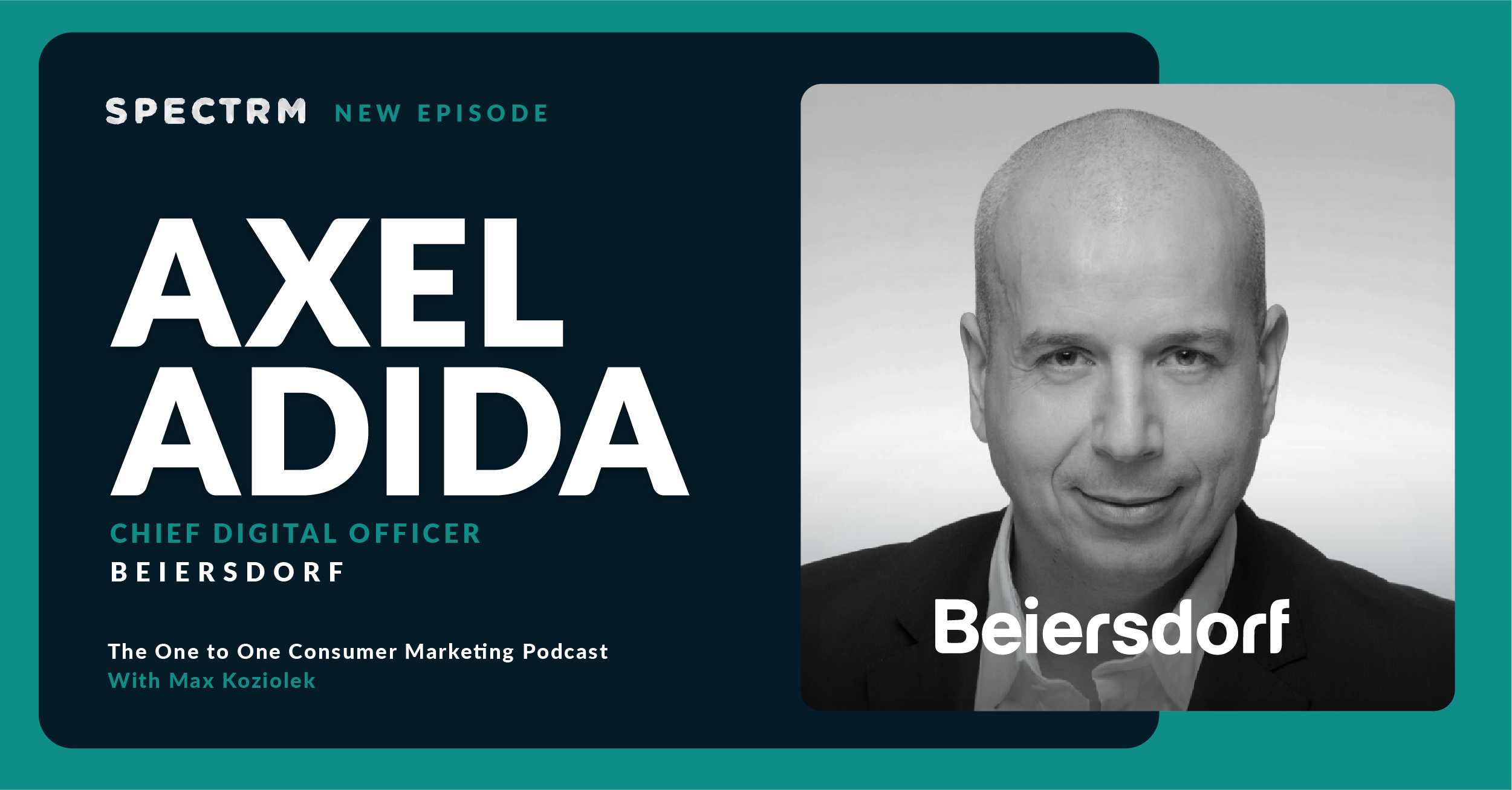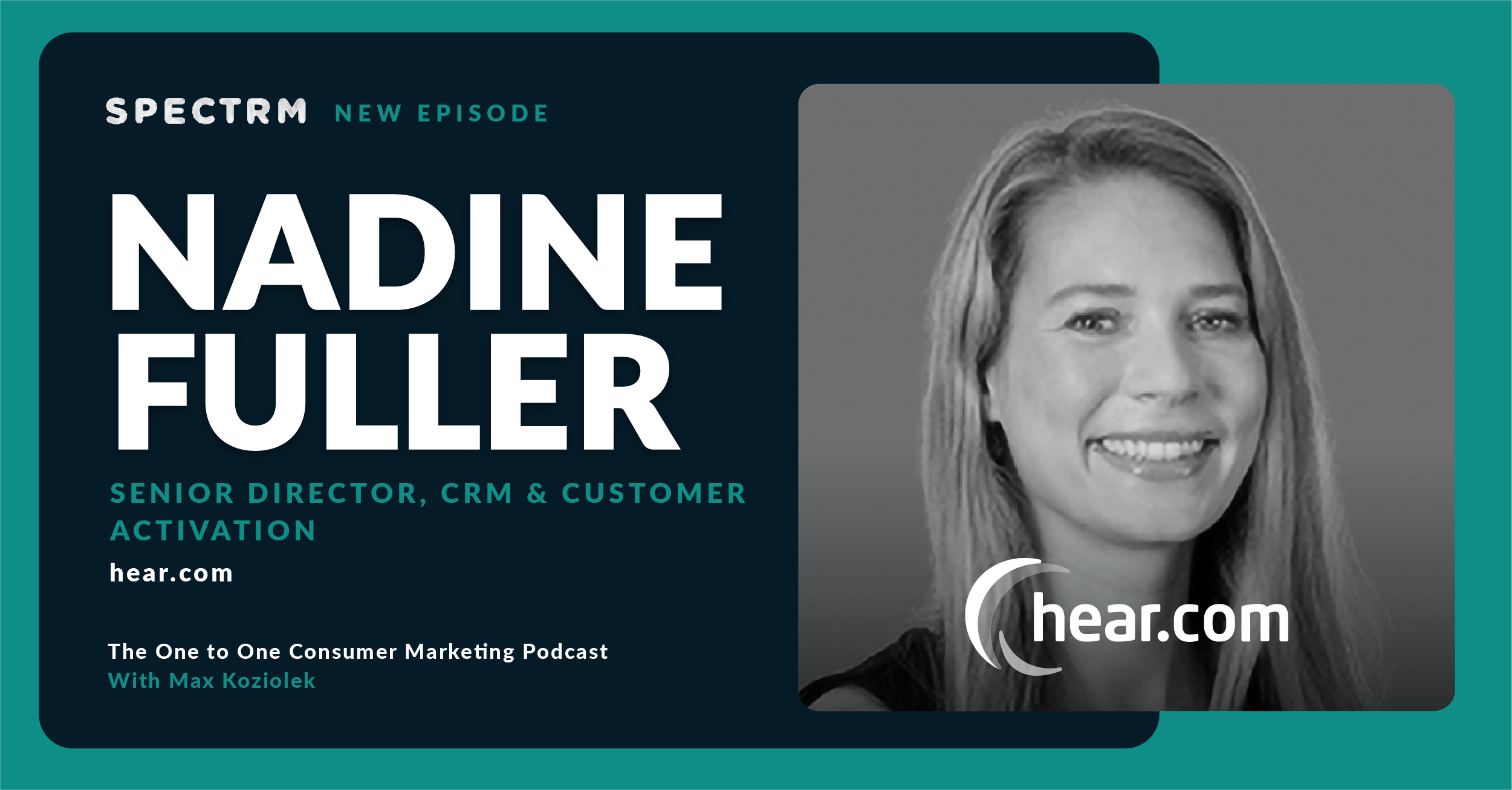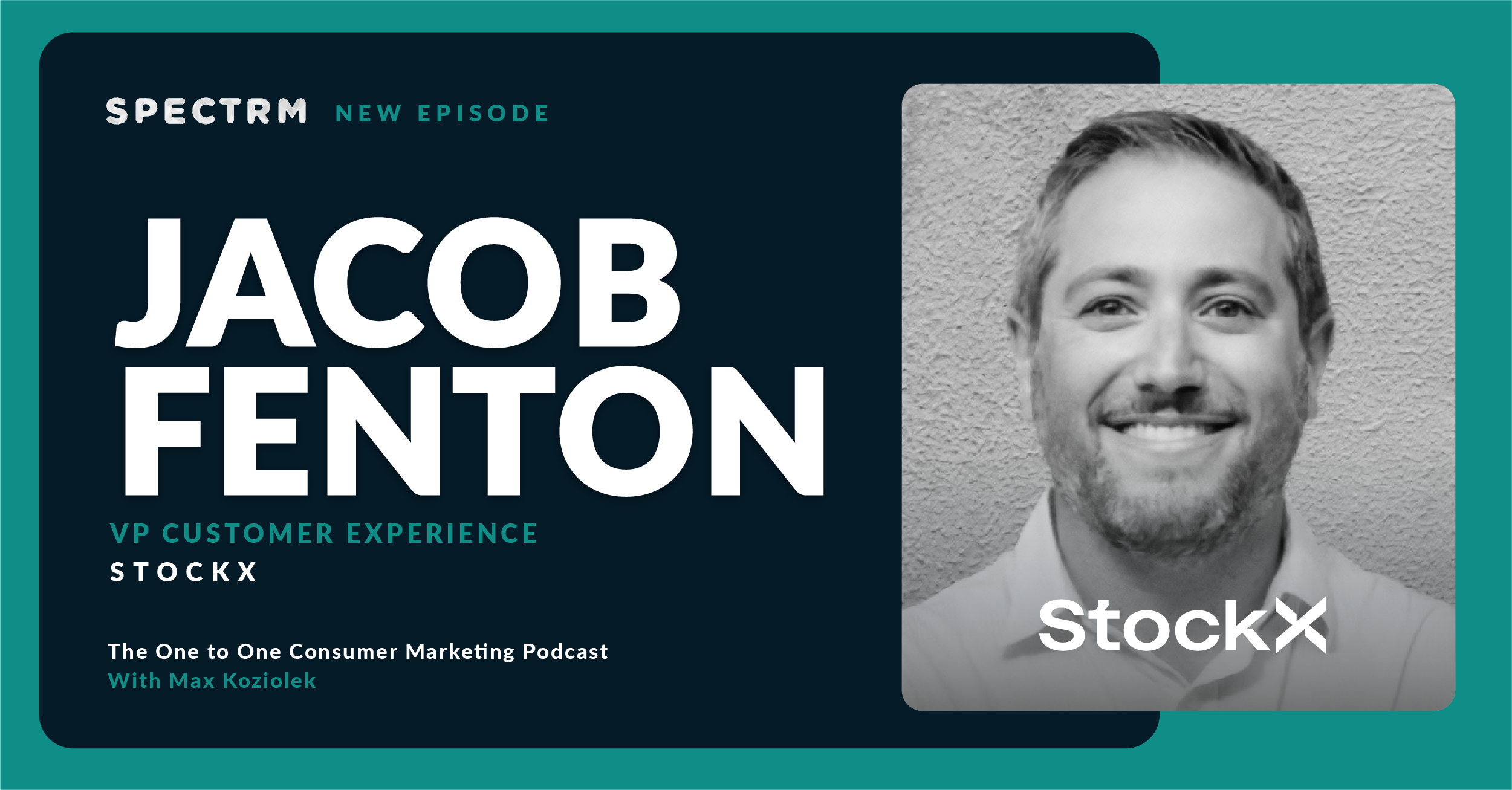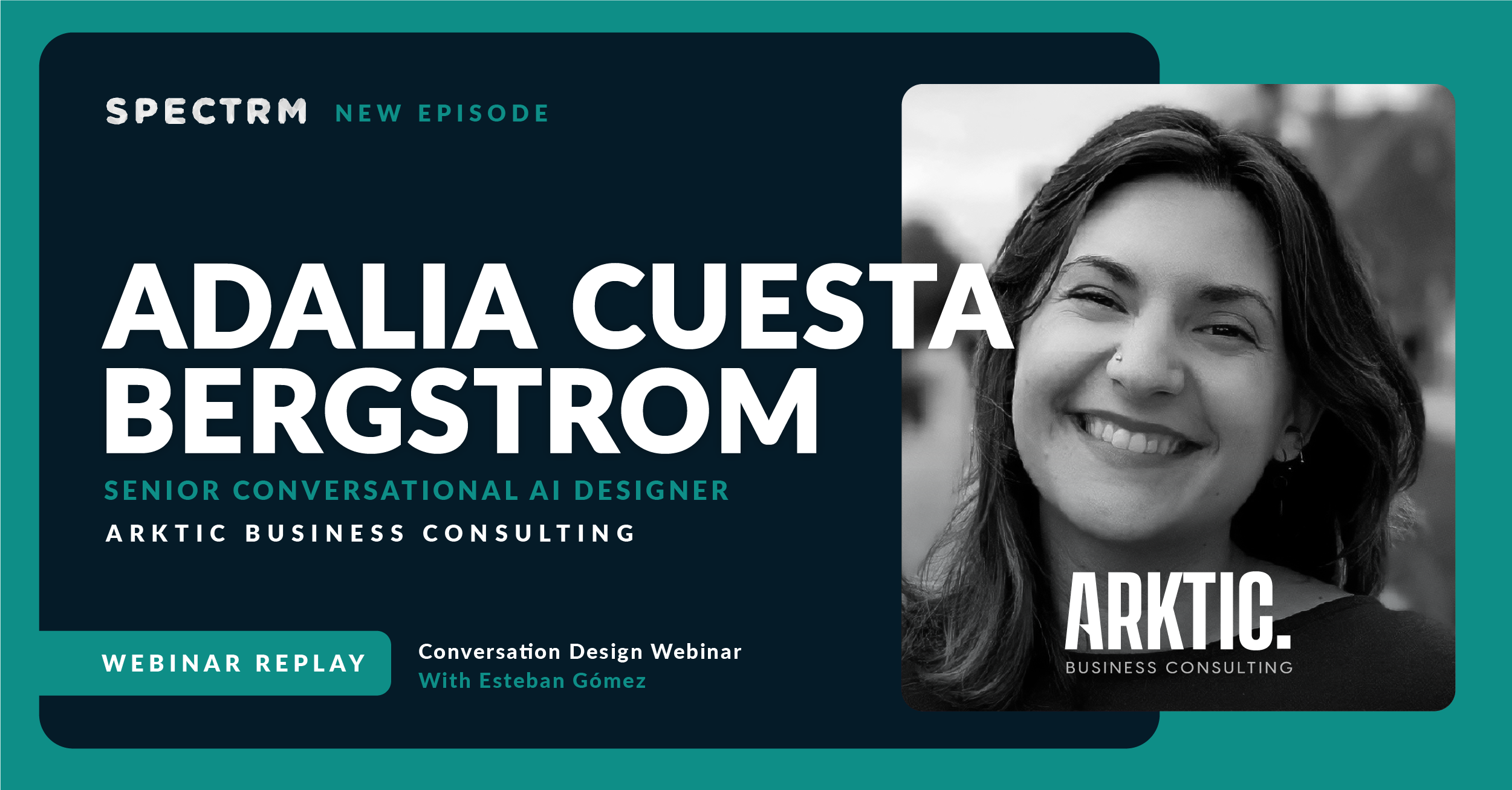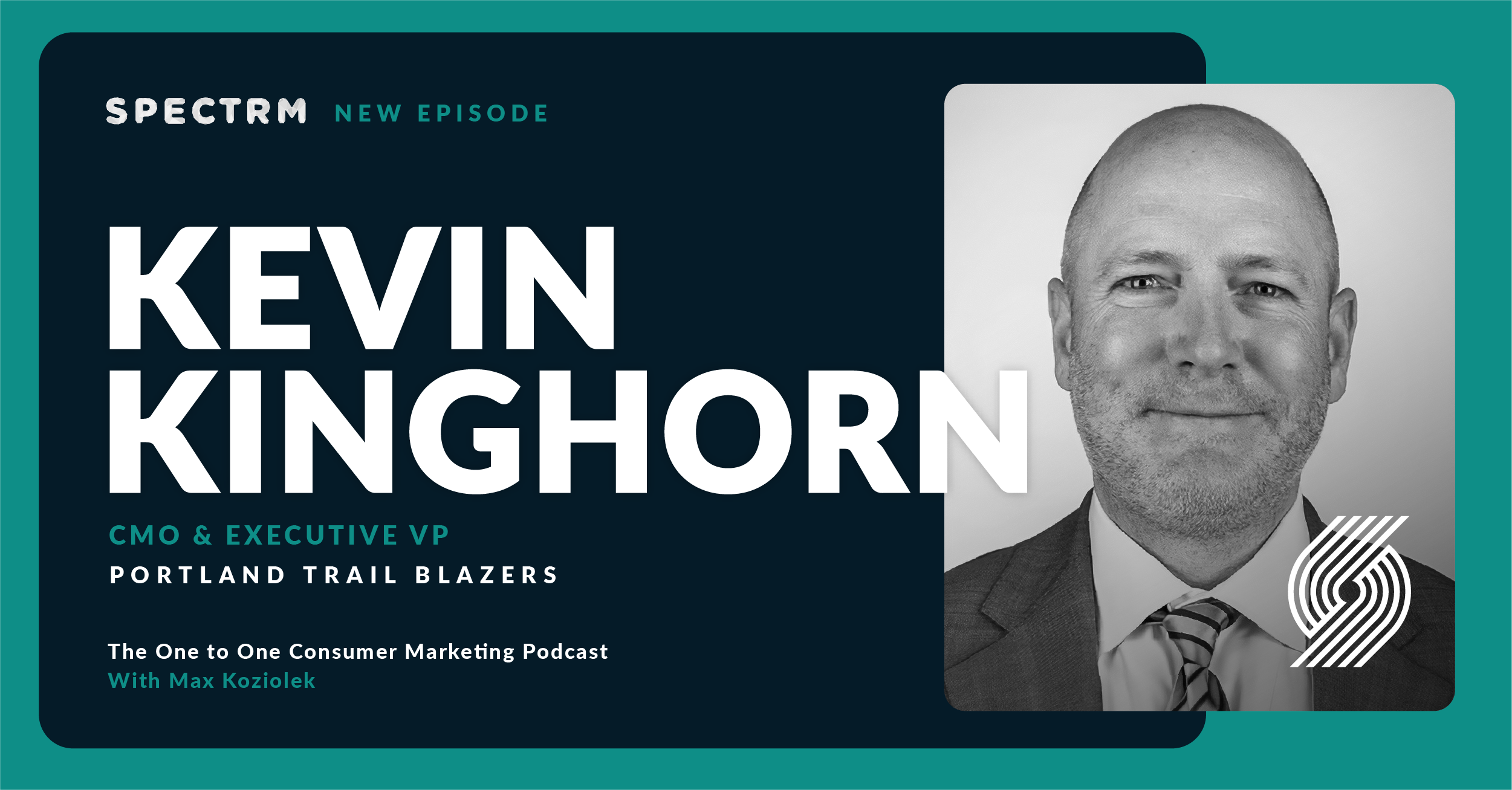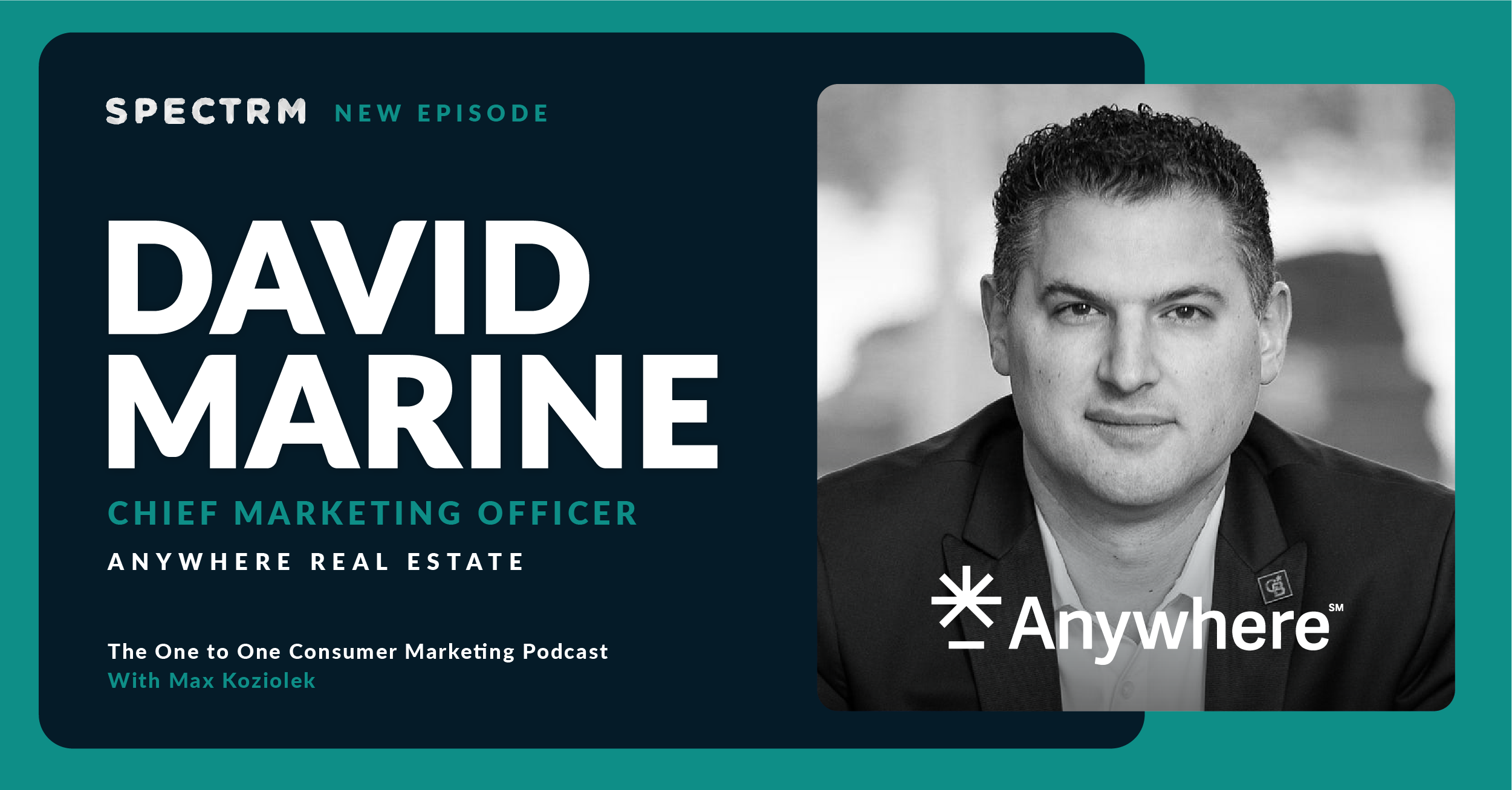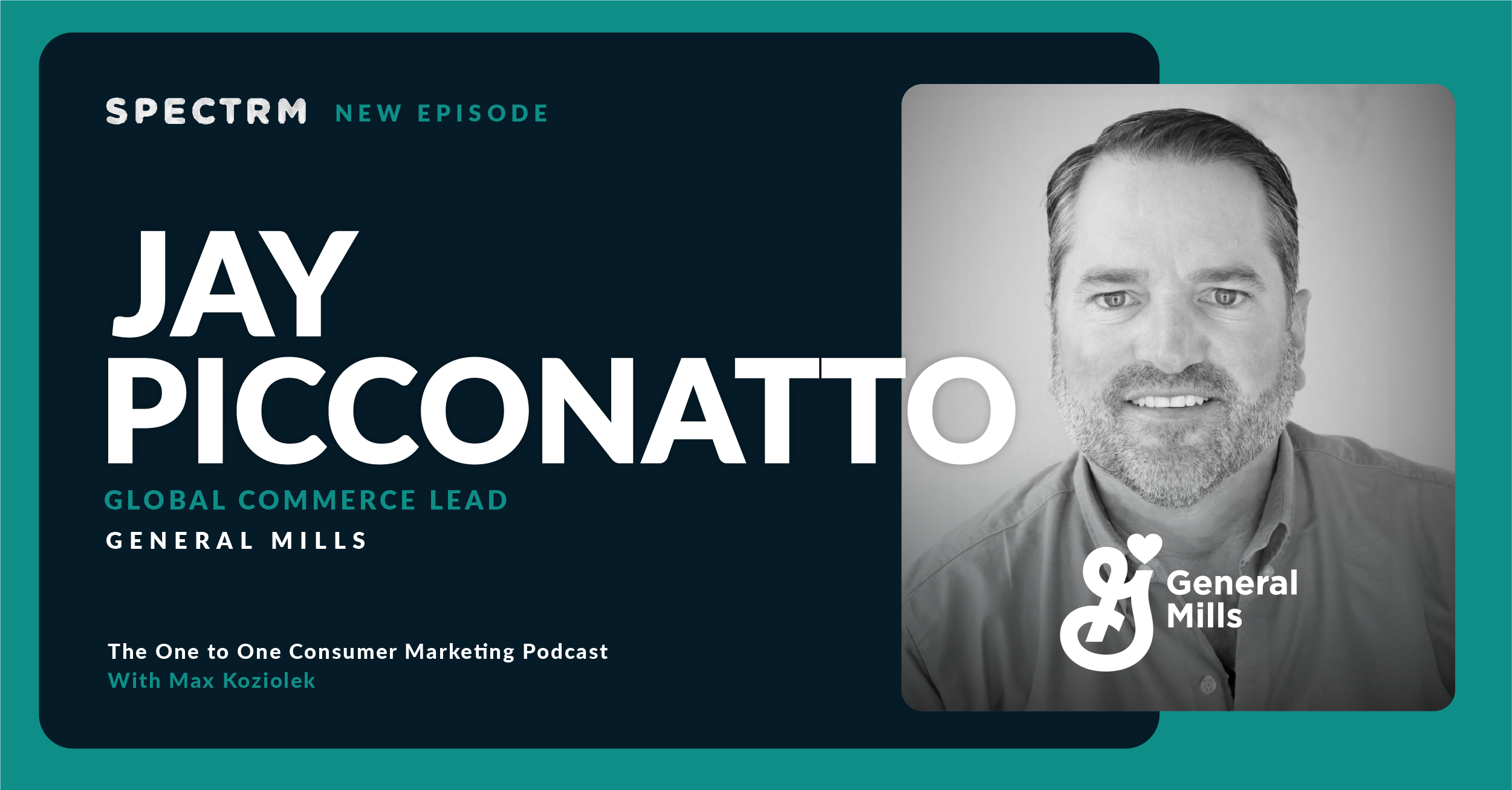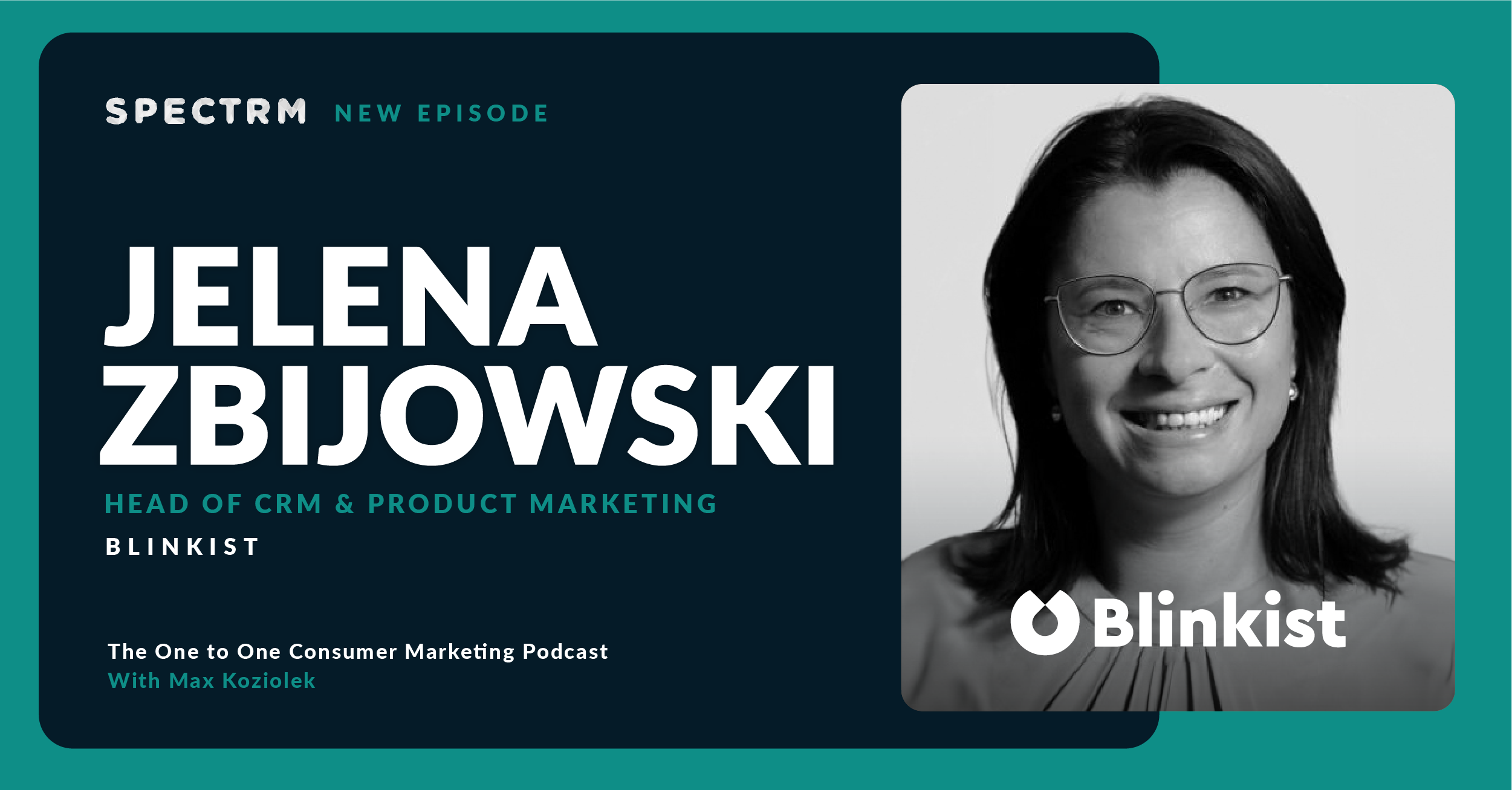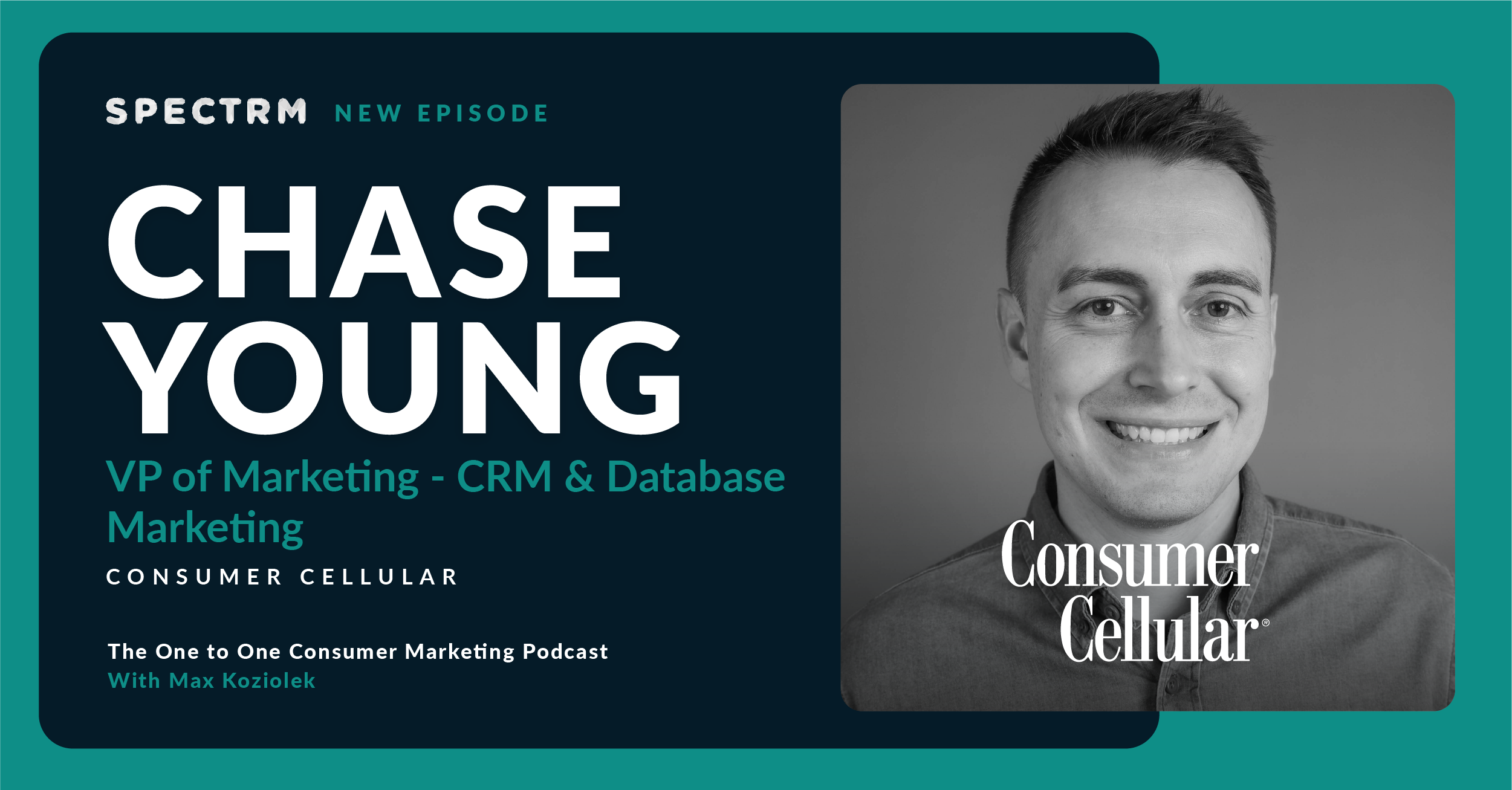Summary
Max speaks with Jeanniey Waladen, Senior VP, Chief Marketing Officer at RITE AID. They discuss the early days of marketing and what it was like working on the first personalized email campaign, to how generative AI is supporting marketers with strategy, research, and brand building today. They also talk about what data RITE AID leverages to inform marketing strategies, the importance of working across teams, and why marketers need to speak business language for impact and influence.
Topics discussed
- The story of how Jeanniey worked on the first personalized email campaign and how email has become our digital identifier.
- Why marketers should continue to improve their personalization efforts and how generative AI can help with research and brand building.
- A day-in-the-life of a CMO and its focus around listening to the community and making changes based on feedback.
- What data RITE AID is tracking to help them better understand the customer journey and how they’re leveraging it to improve campaigns.
- The importance of working across teams to create the best customer experiences.
- Why the best thing marketers can do in their career is learn how to translate “marketing speak” to financial language that CEOs, CFOs, and boards will understand.
- What tech trends are influencing marketing today and why strategy should be built around a deep knowledge of your customer.
Really being able to focus on the strategy to go back to what you asked me earlier, who is the customer, what are they doing, and what's their experience like? Is that the right customer that I need to help this business continue to grow? Or is it an aging customer that I need to start doing aspirational campaigns to bring a younger demographic in so my brand stays relevant? Do I have a bifurcated base where I've got to have relevancy, traditional media, and in new media and focusing on that? Really everything else then comes out.
Guest biography
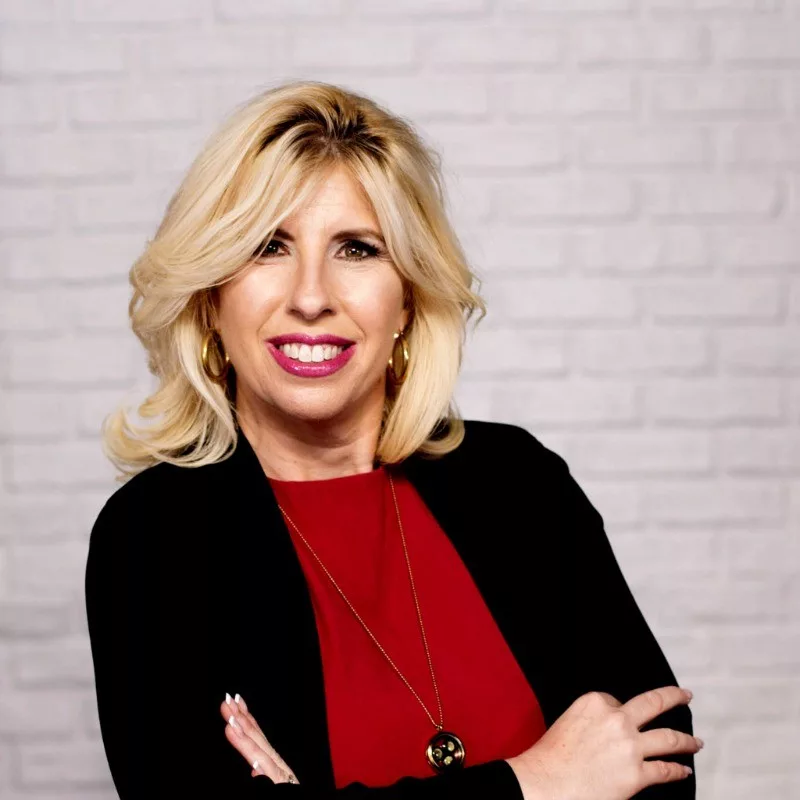
A life-long marketing expert with experience in building brands and growing revenue for businesses. Expertise ranges from designing operational framework for growing marketing teams, to using the latest digital technologies and proven methods to grow revenue.
Company overview
Rite Aid defines the modern pharmacy by meeting customer needs with a wide range of vehicles that offer convenience, including retail and delivery pharmacy, as well as services offered through our wholly owned subsidiaries, Elixir, Bartell Drugs, and Health Dialog. Elixir, Rite Aid’s pharmacy benefits and services company, comprises accredited mail and specialty pharmacies, prescription discount programs, and an industry-leading adjudication platform to offer superior member experience and cost savings.
Industry: retail | www.riteaid.com
Subscribe to the podcast newsletter
Transcript
00:00
Jeanniey Walden
Really being able to focus on the strategy to go back to what you asked me earlier. Who is the customer, what are they doing and what’s their experience like? Is that the right customer that I need to help this business continue to grow? Or is it an aging customer that I need to start doing aspirational campaigns to bring a younger demographic in so my brand stays relevant? Do I have bifurcated base where I’ve got to have relevancy traditional media and in new media and focusing on that? Really everything else then comes out?
00:40
Max Koziolek
Hey, everyone, and thanks for listening to the one to one consumer marketing podcast. Today I’m speaking with Jeannie Walton, chief marketing officer at Rite Aid. Jeannie, thanks for chatting with me today.
00:50
Jeanniey Walden
Thanks for having me on the show.
00:52
Max Koziolek
So, Jeannie, you have a super exciting background, and of course, working at a Fortune 150 company and being the CEO there is amazing. Before we dive in there, can you give us a little bit of your background and how you ended up in the role you’re currently in?
01:09
Jeanniey Walden
Yeah, sure. I started out to be a teacher when I was eleven years old. I wanted to be a cashier, a veterinarian, or a teacher. And here I am as a Chief Marketing Officer for many years and a little bit of an. You know, I graduated college and I couldn’t find a teaching job and ended up at JCPenney, which is a large retailer in the US. And quickly moved into a management role and realized everything you learn as a teacher about inspiring people and about connecting with them is so relevant in the business world. And it’s also extremely relevant when you’re in a marketing role that I was just drawn towards marketing.
01:53
Jeanniey Walden
And over the course of my seven years at JCPenney, was fortunate enough to be in a number of different roles, from operational to marketing, to communications, and really love, and became obsessed with marketing, especially in the very early days when digital marketing was just coming to fruition. And email marketing was a thing where you got an inbound message to webmaster at a website versus everything that we’re doing today, with all of the complex targeting and personalization. So I just feel like my love for connecting with people led me into this career.
02:31
Max Koziolek
That sounds amazing, and I can absolutely relate to that because my mother is also a teacher and we chat all the time about how you have to lead by example, for example, how you have to manage a class, you have to manage a team. So we often chat about the similarities around this. I can 100% relate to that, and I hope, mother, if you’re listening to that’s why we talk about that.
02:56
Jeanniey Walden
Yes. Matt’s mom, you’re awesome.
03:00
Max Koziolek
All right. You spoke a little bit about email and how you started to use that when it was really just a new channel. I also saw when I prepped for this episode that you were running. First email marketing campaign for a presidential campaign. Can you tell us a little bit more about that?
03:21
Jeanniey Walden
Yeah, so it’s almost right. So after I left JCPenney, I had the opportunity to work for one of the first companies doing email marketing from a consumer perspective. And it was the early days where email marketing and all of the power it can convey was really just coming to light. And it was a governor campaign in a governor who was looking to become a president of the United States. And he was doing a fundraising campaign and it was the first personalized email marketing campaign in existence. And it was called coming to your town email. And what we did was were able to take where this candidate was coming and insert the information into the messages to say, hey, insert name, I’m a big fan of insert town and I happen to know people that live on insert street.
04:15
Jeanniey Walden
I’m coming to your town soon and I would love to say hello and catch up and tell you about what’s on my platform and on the campaign trail. So it was pretty fascinating. It was groundbreaking at the time and I think it set a precedent for what I call establishing email as the backbone of all digital communication. I mean, even today, not to go off on an email rant, you can’t do anything digitally without your email address or your phone number, but you can’t get a phone number without giving somebody your email address, any telephone company. So your email address is almost your digital Identifier online, regardless of how those communications continue on afterwards.
04:57
Jeanniey Walden
And so important for businesses and people to understand that and wrap their arms around it when they’re creating marketing campaigns and strategies and treat it more than just a spray and pray or blast message. It’s really something special that has a lot of brand impact as well as driving a tremendous amount of revenue.
05:18
Max Koziolek
There are so many points I would like to drill into. But before we go into that, how did you came up with that? I mean, there’s merge fields, we work with that all the time now and it’s a very standard thing to use. But back then you said it was groundbreaking. How did you came up with that and how did you created basically this technical solution?
05:41
Jeanniey Walden
Yeah, well, the technical part as anything isn’t that hard to create once you have the idea. But it came out of probably my very favorite marketing campaign ever, which I did with a company that I was working with for CK one. CK one is a brand and a perfume company. They did the first, what I would call multichannel or omni touch integrated campaign, including digital. So powerful. They had three models and their models had different names. It was two women and a man. And this company bought billboards and they put them up and they just instead of any words, they just put the email address of the person over top. The model and the first technology before we did personalization on the outbound was capture inbound.
06:29
Jeanniey Walden
And you cannot imagine the types of emails that these people received because back then, everybody just believed, as I’m sure they would today. If you saw a billboard with a kardashian on it and their email address there, everybody would write into that email address. People were so honest and they felt so connected to the person. They were saying, hey, Anna, I saw your billboard. You look amazing. Or, hey, Anna, you remind me of my sister. I haven’t seen her in a while. Thanks for giving me a great memory. And out of that, we realized there’s so much insight that you can gather when you build that one to one relationship, people with inbound email, and then you can leverage that to keep the conversation going with outbound email. And the technology was created out of that.
07:14
Jeanniey Walden
And I think that was, oh my gosh, over 20 it was about 25 years ago. It was a really long time ago. And when you think about it, but still so relevant for today because so many marketers still don’t get it. They’re still only using email at about 5% of its capacity. Being able to do something like that even today, I think would be incredibly successful for any brand.
07:42
Max Koziolek
You said that it’s 25 years ago when you did that. Now it’s 25 years later. What would you put on the billboard today if you were doing the same thing?
07:52
Jeanniey Walden
I would still put the exact same thing, because the one thing that marketers don’t do enough is allow their prospects and customers to connect with them. As you can imagine, and you’ve seen so many brands do it with social media campaigns where you upload a video or you upload an instagram message or TikTok. You have to have all the filters for all of the garbage that comes in these days, especially now, you get all the bots. I mean, my personal website, every I this morning, I had five inbound messages about buying a villa in Bali, and they were all written in Russian. And I’m sure there’s no individual Russian that’s trying to sell me something in Bali. I’m sure it was a bunch of bots. So you have to have the technology to filter through all of that.
08:40
Jeanniey Walden
But that’s where I think generative AI is going to play a key role in supporting all of the communications that marketers do. Gartner recently came out with a survey that I took that talked about eight different types of generative AI practices for marketers to stay on top of. And I’ve got to tell you, probably knew about three or four of them. But the other four I was impressed with the capability that generative AI can have on different aspects of our business that we might not even be thinking about or considering. So I would probably do the same exact type of billboard today look for information about who’s coming in and do that targeting to see how old are they, what’s their demographic profile to help me create a more authentic and relatable campaign on the outbound side.
09:29
Jeanniey Walden
So I’d use it almost as a brand builder and surveying research.
09:34
Max Koziolek
Interesting, interesting. So to the people that are listening, Jeanniey still wants to do that. That’s not the free idea.
09:41
Jeanniey Walden
There’s a free idea. I have so many free ideas. Anybody that wants a cool idea, you just let me know. I’m on LinkedIn, find me and I’ll give you lots of ideas. No shortage of ideas.
09:53
Max Koziolek
That’s good. Yeah, shifting a little bit. Currently you are at Rite Aid, which is a gigantic company. Can you describe a little bit how your day to day looks like as a CFO?
10:05
Jeanniey Walden
Oh gosh, well we don’t have enough time for you know I’m so honored and thrilled to be part of the Rite Aid family because Rite Aid does so much to help so many people in various communities stay healthy, get well and just enjoy their life. And it’s not often that people get to have jobs where they wake up every day knowing everything they do is going to make somebody healthier or somebody happier. And so I love that about my job. I’ve got a couple of unique roles as the CMO. From the marketing side, I’m looking at doing everything that I can to make sure that from a brand perspective, the communities where there are rated stores are very aware that we’re there for them and not just there for them, as in, hey, we’re open at this time and close at this time.
10:58
Jeanniey Walden
Or you can shop online, but really listening to what they have to say, whether they’re in store or whether they’re online and making changes to support their needs. And that goes from just the way that we present the merchandise when you see it in the stores, the types offers we have, but also the types of products we have. And one of the things I love so much about Rite Aid is the fact that the merchandising team I work with has a series of own brands, things that we couldn’t find a solution that our shoppers need in the marketplace. So we created our own and we’ve got so many great categories of own brands. We’ve got Rishi, which is a beauty brand. We’ve got ELO Market which is a healthy food brand.
11:45
Jeanniey Walden
We’ve got Thrifty Ice Cream which is one of the biggest parts of my job because who doesn’t love ice cream and it’s a cult brand in itself. But my day is really finding how we can best connect with customers and also from a prescription support perspective, how are we communicating with people who bring their prescriptions to us, whether they are maintenance prescriptions or they’re sick and they want to get better? What are we doing to help them? How are we making sure that the pharmacists are giving them the counseling that they need, the vaccines that they need, and that they’re there for them?
12:20
Jeanniey Walden
So it’s a big job because I’m looking at lots of data all the time and I’m looking at how we can do better and how if I walk out on the street in front of a Rite Aid or inside a Rite Aid and ask people, hey, what do you think about the store? That I’m going to get a positive response and being able to give them a free scoop of ice cream doesn’t hurt in the stores where we have that hand dip counter still. But it’s so much fun. It’s very challenging as we continue to grow and optimize what we’re doing.
12:49
Max Koziolek
But really great with all these stores out there and of course also are online. So how do you connect the dots here? Is that already possible? So you already have an understanding what kind of customers are going to which store or where are you on this journey?
13:06
Jeanniey Walden
Yeah, it’s really interesting. Rite Aid has been around for over 60 years, so who comes to the stores we have all that information on? I didn’t create that. That’s been there since I came into the role. So we generally know who our customer is and we know what we call it their trip mission. Why they’re coming in the store. Is it to pick up a prescription? Is it because they’re having a girls night and they want to go to the beauty section and get face mask and nail polish and fun things like that? Is there a big sports game coming up over the weekend? They’re coming in for snacks for is it a combination of both? So we know what the trip missions are and we know who is coming in.
13:48
Jeanniey Walden
What our job is to understand what’s going to keep them coming back and what’s going to make them choose Rite Aid on their next trip for prescriptions or for convenience items versus any other store that’s close by. Because no matter where you live, within the local distance of a Rite Aid are other choices as well, whether it’s a convenience store, a grocery store, another pharmacy, just like any other business, customers are given so many choices. So if we’re not presenting differentiated value, then we are not going to be as strong as we could be and should be as a business. And if we can’t get our customers to come in the door, then we’re not able to give them that great health counseling that they should be getting and help them get vaccinated so that they don’t get sick over the holidays.
14:43
Jeanniey Walden
And that’s really important to us. So we try and do everything that we can from a marketing data perspective to look at who the customer is and what their needs are. But also match that against the business and find out where can we do better, where can we do something differently. And I can tell you right now, one of the initiatives that we’re looking at upgrading is our loyalty program. It’s a great program, but we’ve heard some feedback that it could better from our customers and we value that. So we’re taking it very seriously and looking to come out with something that’s bigger and better and most importantly adds more value for those people that are loyal to us.
15:20
Max Koziolek
Nice, very nice. Do you already know when it’s coming out?
15:23
Jeanniey Walden
No, not yet. I don’t have a specific date, but it’s coming out in the next few months.
15:28
Max Koziolek
Okay, very cool. It sounds like you have also very I mean, you have had trip missions, right? So you had very people come for very different occasions. They have a very different idea of success and what they need to find. So you always have to segment or so as well. Your audience is pretty detailed. So that sounds like a very heavy lift on the data side. Do you mind sharing how you do that? What kind of tooling are you doing this? Do you have a huge how big is the data team that is doing that or how do you organize those teams? Because I have the feeling that is the heavy lift, but I think that makes you so successful.
16:02
Jeanniey Walden
Yeah, I think if I told you the size of the data teams, I’ve had much bigger data teams at much smaller startup companies, quite frankly. So the data team is small but mighty. We work with some key partners and vendors that provide us with the insights and data that we need. And the marketing team at Rite Aid is very good at looking at that data and understanding what we need to do and getting the right programs in place. So having the right partners to give us whether it’s a brand health tracker or whether it’s Trip mission insight or analyzing the loyalty program and letting us know who is your top loyal customer and how much money does that bring into the organization every year? And how many people fall out of that top tier and move down to the Secondary Tier?
16:50
Jeanniey Walden
Or how many people are coming in new from a shopping trip that we hadn’t seen before? All of that data we leave to the partners that we have and to our very small data team to crunch the numbers. And the marketing team works on the strategy, the insights and pulls in every other group in the company. And I think that’s where a lot of businesses fall flat when either the marketing team is responsible for everything or there’s a lot of silos. And one of the great things about right it is there are not silos between the businesses. So myself and the Chief Merchandising officer are almost tied at the hip. Her success is my success and vice versa. If I don’t have effective signage on her shelves, who cares what product she has in the store?
17:33
Jeanniey Walden
No one’s going to be able to see them. If she doesn’t have product on the shelves, who cares what marketing I do, because they’re going to come in, the shelves will be empty. And the same thing with the chief pharmacy officer from a prescription management perspective. So we’re always innovating together and we’re all sharing data. And I think that makes it a little easier, because now you’ve got a collaborative team instead of just putting all the onus on a person or a group of people.
17:59
Max Koziolek
Yeah, that’s a very good point. I hear that all the time from guests here, that working cross functional is probably the most important skill for people that working in marketing, and especially retention marketing and lifecycle marketing, because there’s product, there’s all the things that are around that, but also inside the team. Would you say the same? And what else does a modern marketer need to rise through the ranks?
18:25
Jeanniey Walden
And my number one piece of advice, and this is no joke for anybody, I don’t care where marketing you are, what level you are, you need to learn to translate your marketing materials and results into financial language that a CEO and a CFO understand. And there is a document on LinkedIn if you look it up I don’t remember the term right now, but it actually gives you here are the phrases that marketers traditionally use when they’re talking about their campaign on return on ad spend and ROI. And this is my Loyalty Shabbat, and I’m going to run three campaigns. If you are a CFO, most of those words mean nothing to you. Return on ad spend. Really? Who cares? Because that’s the ad spend. I’ve got the rest of your marketing team and the cost for that? What’s the return on the margin?
19:19
Jeanniey Walden
How much of it is incremental? And if I give you a dollar, how much am I going to see back? Looking at loyalty shabbat, that’s fine. What is my average cost to get a new customer and how much am I getting off of them over the course of a year or lifetime? And what’s my investment look like? So the more that you can align your messages to what the CFO or the CEO or the board would be interested in, the better off you are. And I think every marketer should aim to create what I call a board level dashboard where it’s not, hey, great news. We got a 50% open rate on our email campaign. A, that’s awesome. Congratulations. Nobody gets those anymore. But B, that’s great for your team.
20:02
Jeanniey Walden
You getting a 50% open rate on your marketing campaign is not going to materially drive the revenue of the business to the point where the business gets to expand, pay out dividends to stockholders, or do some acquisitions. It’s what results out of that with lifetime value and other key numbers that people care about and stand up. And if you can demonstrate success there, then you’re set for life and your career as you continue to move through different organizations.
20:33
Max Koziolek
That’s fantastic advice, right? CTR is nice, but EBITDA is a bit better if you want to convince the CFO and the CEO. That makes total sense when you also look a little bit into the future, what kind of technologies or trends are currently exciting for you?
20:52
Jeanniey Walden
I just love these unexpected use cases for generative AI, not the ones where the chat bot writes you a marketing copy. That’s fine. I’m still a little leery maybe because I’ve been in the business for 25 years and I still feel like you really need to know your customer, and a chat bot is not going to get it just yet. Siri hasn’t been able to take care of things in the household for me yet unless I tell her explicitly what to do. But learning the prompts, I think, will help. What I love about it is the research that it can do to help facilitate some of the strategic thinking that I think in an omnichannel world, marketers have gotten distracted from. And somebody else said it many times, it wasn’t me that originated this. But you think about a marketer’s role.
21:40
Jeanniey Walden
I used to work at Ogilvy, and I’m a big fan of David Ogilvy and his thoughts on advertising. But back when David Ogilvy was alive, marketing was really simple. You had above the line and below the line, or you had Brand and you had everything else. You did TV and it was only linear. Or you did Print and it was mainly national, or you did direct mail, maybe, and that was the hot new thing, call centers that was too crazy to even think about then. In today’s world, the average marketer has to understand social media. Generative AI, all the algorithms with Google. What Google’s doing with their algorithms? From a search perspective, you’ve got VR, you’ve got Earned Media that’s in there. Then you’ve got all the various formats of TV. Is it OTT, is it linear?
22:31
Jeanniey Walden
And then you’ve got all the distribution vehicles on there and all the different ways to buy media. It’s very challenging to understand and be an expert in a lot of them versus you can’t be an expert in all of them. So really being able to focus on the strategy to go back to what you asked me earlier, who is the customer, what are they doing, and what’s their experience like? Is that the right customer that I need to help this business continue to grow? Or is it an aging customer that I need to start doing aspirational campaigns to bring a younger demographic in so my brand stays relevant? Do I have a bifurcated base where I’ve got to have relevancy traditional media and in new media and focusing on that really everything else then comes out.
23:18
Jeanniey Walden
And what you don’t have in skill sets in house, you can have through partnerships with great agencies and companies that have spent millions of dollars to become the experts in these different areas and pull them together. And I think that’s what really builds success for the modern marketer of today.
23:35
Max Koziolek
Yeah, you’re absolutely right. I mean, how the complexity has grown, how much more focus is required, but also not getting lost in a detail, I think that’s also very easy to happen. Also, I have the feeling that’s a completely different podcast, I think but looking at the fact that I think marketing becomes so numbers driven that it almost becomes math and finance like rather than the creative type of work. That it used to be. I think that’s also, I think a new challenge we are all wrestling a little bit around with. But I think that was a lovely conversation. Thank you so much for that. But that’s all we got time for.
24:15
Max Koziolek
I think we have enough material for a second episode and hope to get that in soon or I come on your podcast and TV show, which we have not even covered yet. But thank you so much for joining today. If people want to follow your journey, where should they go?
24:31
Jeanniey Walden
You go LinkedIn or you can go to jeannieywalden.com and everything’s on my website too.
24:36
Max Koziolek
That’s amazing. Okay, thank you so much. Have a good day and speak soon.
24:39
Jeanniey Walden
Thanks a lot, Max.


